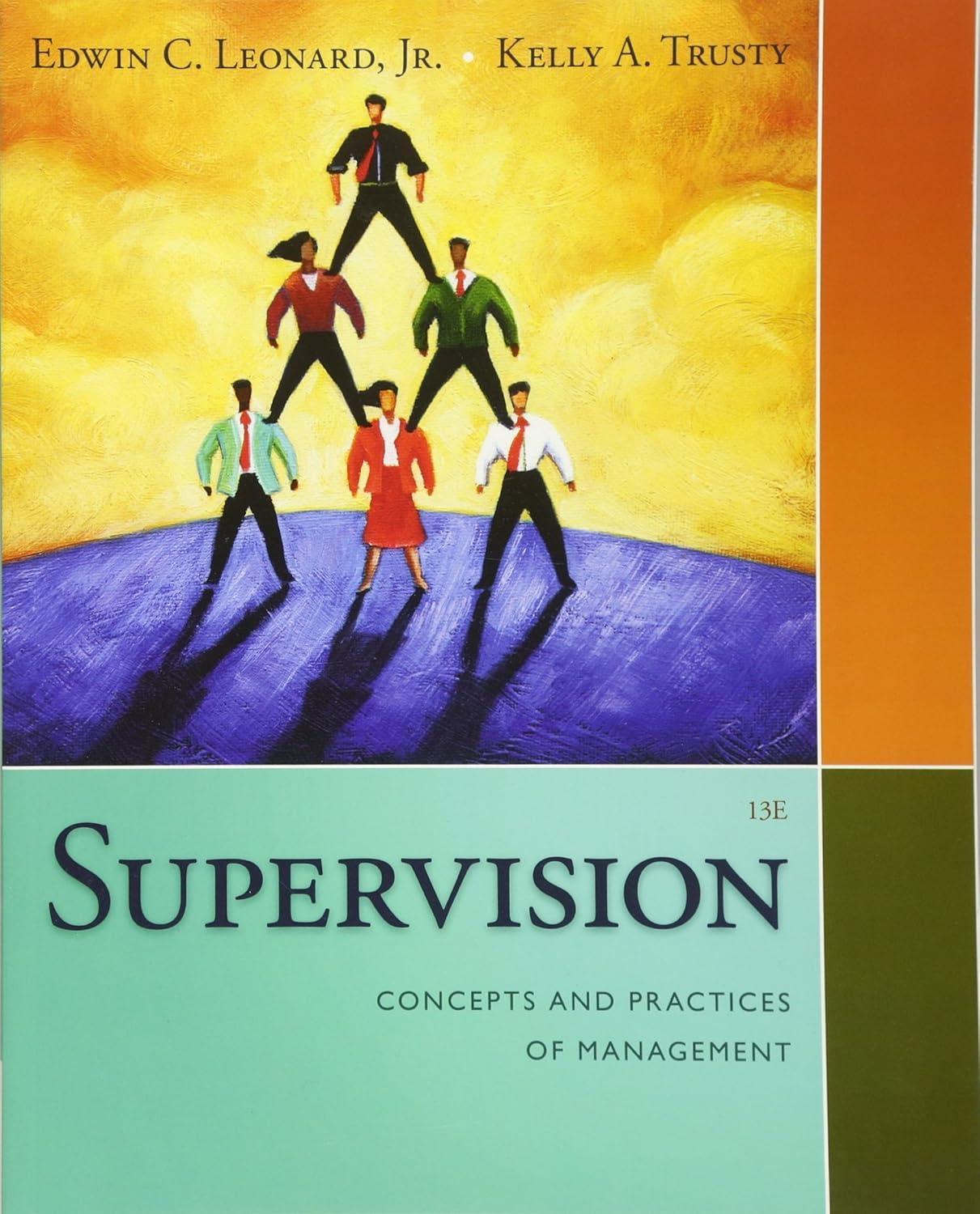Motivation is a willingness to exert effort toward achieving a goal. Individuals have been found to put
Question:
Motivation is a willingness to exert effort toward achieving a goal. Individuals have been found to put forth more effort if the reward fulfills their individual needs. According to Maslow, when a lower-level need is fulfilled, higher-level needs emerge that influence one’s motivation. The need to know and understand is probably more important today. The need to seek balance is the essence of Festinger’s cognitive dissonance theory. Figure 4.3 identified eight needs in ascending order of importance and showed that there is a need for consistency in knowing, feeling, believing, having, and experiencing.
Alderfer’s ERG theory attempted to clarify Maslow’s theory by categorizing the lower needs as existence. Relatedness and growth were additional categories. Alderfer’s frustration-regression principle maintains that when high-order needs are not met, the individual will put more effort into fulfilling needs that can more easily be met.
McClelland identified the need for affiliation
(nAFF), achievement (nACH), and power (nPOW).
The need to be in control of various situations is a prime motivator for some.
Herzberg’s motivation-hygiene research studies indicate that hygiene factors such as money, management policies, working conditions, and certain aspects of supervision must be adequate to maintain a reasonable level of motivation. Forces that stimulate good performance, called motivation factors, are intrinsic to the job. These motivation factors include the employees’ needs for achievement, opportunity for advancement, challenging work, promotion, growth, and recognition.
Expectancy theory suggests that employees will be motivated if they perceive links between their efforts and performance and between their performance and rewards.
Equity theory of motivation explains how people strive for fairness based on an outcome–input ratio.
Employees can compare themselves to many other people, even those who do not work in their organizations, to determine if perceived equity or inequity exists. P-687
Step by Step Answer:

Supervision Concepts And Practices Of Management
ISBN: 378854
13th Edition
Authors: Edwin C. Leonard, Kelly A. Trusty





